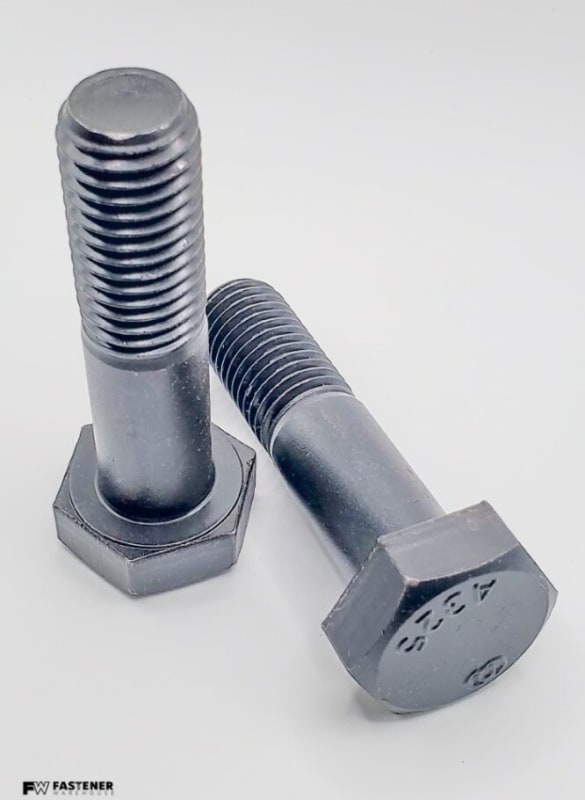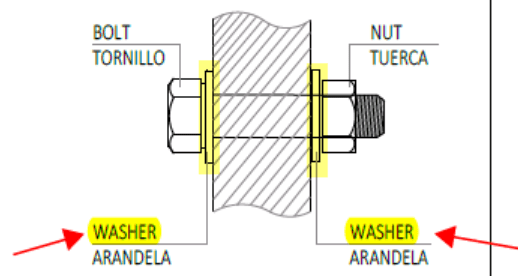X4vier
Civil/Environmental
- Feb 24, 2018
- 157
Anybody is suggesting me use double nuts on bolted connections for primary frame of buildings -one under the head of the bolt and one under the nut-
Is there any note or recommendation on the AISC codes that prohibits or suggests these can't be done?
Thanks.
Is there any note or recommendation on the AISC codes that prohibits or suggests these can't be done?
Thanks.


![[sadeyes] [sadeyes] [sadeyes]](/data/assets/smilies/sadeyes.gif) Yes I was talking about washers.
Yes I was talking about washers.